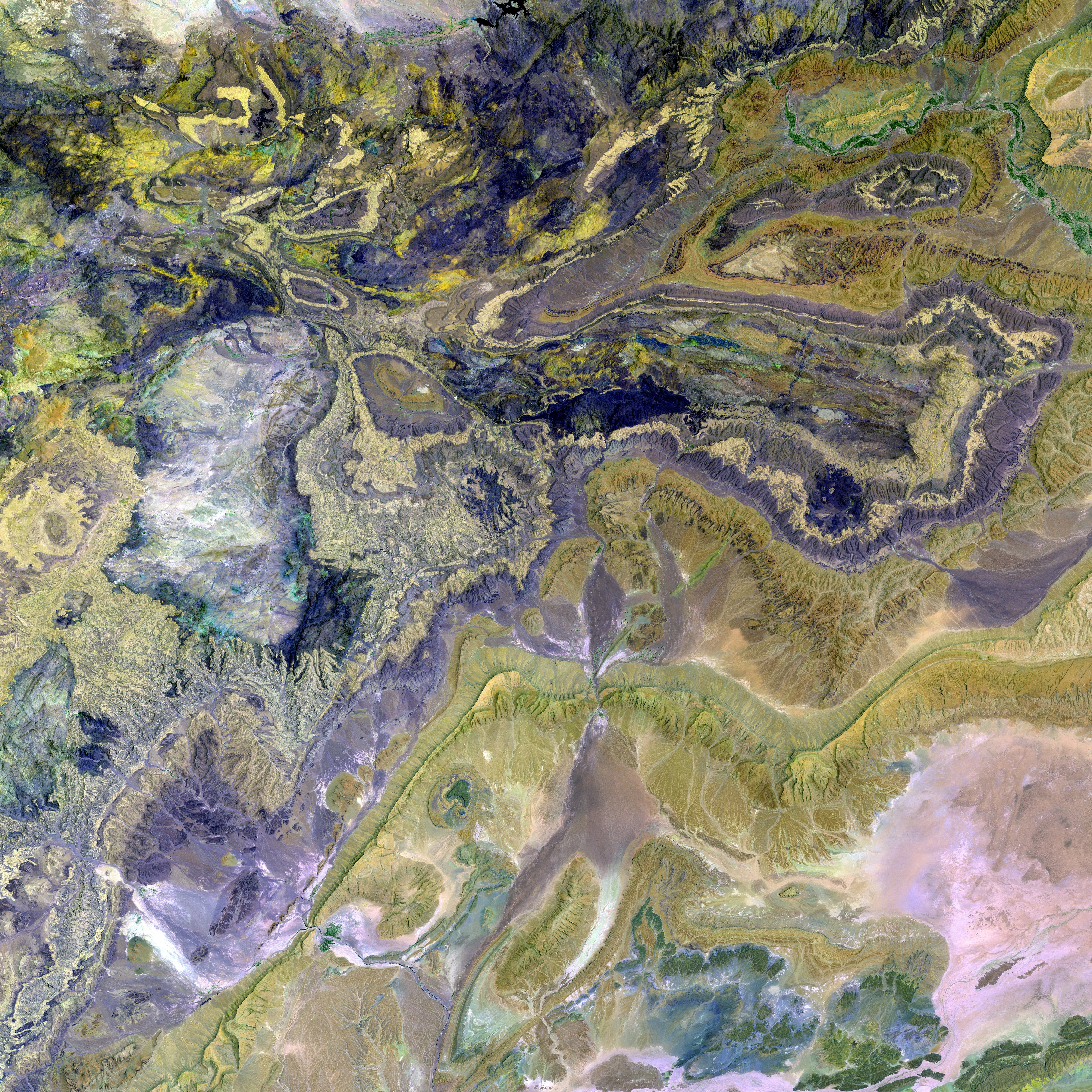Tips for Crafting Jungle Music in the Future: A Comprehensive Manual for Producers in 2025
Creating a Jungle Music Track: A Comprehensive Guide
For those eager to delve into the art of producing Jungle music but unsure where to start, this guide will offer valuable insights and practical tips. From understanding the genre's foundation to crafting your own tracks, we'll explore the key elements of Jungle music.
Initially, it's essential to familiarize yourself with the unique characteristics of Jungle music. This electronic dance genre originated from the UK rave scene in the early '90s, evolving from the preceding Breakbeat Hardcore movement. Jungle music set itself apart by incorporating breakbeats exclusively and achieving faster tempos, typically ranging from 170 to 180 BPM. Additional elements include syncopated loops, the extensive use of samples, and vocals lifted from dub and reggae records.
Newcomers may wonder about the distinction between Jungle music and Drum and Bass (DnB), as DnB can be seen as a derivative genre. Jungle music moved away from ragga influences and refined its production techniques more toward sound design and less sampling.
To begin creating a Jungle track, let's focus on the most crucial ingredient: the drum breaks. Referred to simply as 'breaks,' these are sections of old funk or soul tracks isolated by DJs to create a rhythmic foundation for their tracks. Iconic drum breaks such as The Amen Break, The Think Break, and The Funky Drummer Break have been extensively sampled throughout history. To find suitable drum breaks, popular resources include Splice, Soundcloud, and record shops.
Once you've chosen your break, it's time to chop it up and process it to create an original drum pattern. Two methods for doing this are manually chopping and using a sampler. Manually cutting up the drum loop and moving sections to create a new pattern is straightforward, but some patience is required. Alternatively, using a sampler like Slicex (FL Studio) or Simpler (Ableton Live) can simplify the process by automatically chopping the sample and assigning hits to MIDI notes.
After crafting your drum pattern, it's time to add an upright bass to fill out the low end. Sampling an upright bass can produce a classic Jungle sound, enhancing the track's overall feel. Subtracting the subfrequencies from the bass allows you to layer in a proper sub-bass for additional power and depth.
Next, spice up your drum loop by incorporating additional percussive elements. Sampling classic breaks and layering them with your existing groove will help create an authentic Jungle sound. Remember to match the groove of your original drum loop while chopping and re-arranging breaks, focusing on the placement of kicks and snares.
Now that our rhythm section is solidified, it's time to introduce melodic hooks. To keep things authentic, find samples from classic records and create a melodic loop that harmonizes with your rhythm. Once you've created your main hook, introduce variation every eight bars through turnarounds, which serve as short transition sections to maintain listener engagement.
With your foundational elements in place, fine-tune your track's arrangement, mix it carefully, and apply mastering effects for a polished final product.
For those wishing to delve deeper into music production, we've compiled a DNB Starter Kit featuring over 40 high-quality samples (drums, FX, and more), DNB presets for Serum (basses and more), and a DNB cheat sheet to aid in making the right production decisions.
Sound design plays a crucial role in creating an authentic Jungle music track, as refining production techniques towards sound design helps differentiate Jungle from Drum and Bass (DnB).
To add depth to the rhythm section of a Jungle track, sampling and layering classic percussive elements alongside the chosen drum break can contribute to an authentic and engaging sound.







